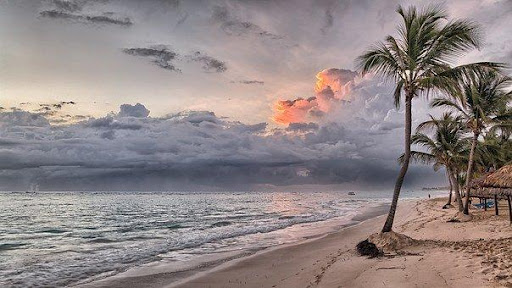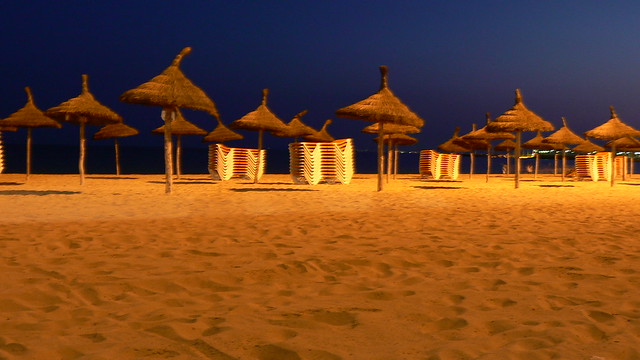Top Wines and Gourmet Food along the Alsace Wine Route in France

Located in north-eastern France, right next to Germany and Switzerland, the Alsace is right in the heart of Europe. Nestled between the Vosges Mountains in the west and the Rhine River in the east a string of small towns lines the Alsace Wine Route which runs from Marlenheim to Thann for 170 km through over 50,000 acres of vineyards. Sheltered from rain and blessed with an ideal soil streaked with clay, chalk and marl (a mixture of clay and minerals) the area allows a steady maturing process for the grapes.
“Grand Cru” Stands for the Best
“Grand Cru” is the highest level of classification of “AOC wines” from Burgundy and Alsace. AOC stands for “Appellation d’origine Contrôlée” and is a certification that guarantees a geographical location of superior quality. “AOC wine” grapes must also originate from one single named vineyard, no concoctions allowed. The origins of AOC date back to the 15th century, when Roquefort cheese was regulated by a parliamentary decree. The classifications are controversial since an underachieving wine-grower can easily produce average wine from outstanding sites, and someone more conscientious will make superior wine from a less-favored site.
German Riesling with a French Flair
The German language is present in Alsace in many place names, and in the type of grapes grown here. The border region changed hands four times since the 15th century. It was French for two centuries, then German from 1871, then French during World War I; German during World War II and now French again. Primarily white, Alsace’s signature grapes are Gewurztraminer and Riesling. Alsatian rieslings are dry and fruity, therefore excellent food wines. Hugel et Fils in Riquewihr, Trimbach in Ribeauville and Zind Humbrecht in Turckheim are well known, because they export. But it is fun to explore the smaller wineries.
Colmar: The Jewel of the Alsace
Strolling through the medieval town of Colmar with its cobbled streets, half-timber houses, flowered window boxes and a lively pedestrian zone is like a visit to a historical museum. The canal quarter known as Little Venice is particularly well-preserved and includes the Tanner’s Quarter. The old Tannery building serves as an art gallery. This area is full of restaurants in every price range. Colmar’s annual wine fair draws 250 000 people every August. The town’s Unterlinden Museum in a Dominican monastery is known for the Isenheim Altarpiece painted by Matthias Grünewald between 1512 and 1516. It is considered an icon of Western civilization like Leonardo da Vinci’s Mona Lisa.
Dining in Charming Wine Villages
The region draws from a mix of cultures and is known for its fine cuisine. Alsace tops any other French region by its number of Michelin starred restaurants with the exception of Paris. Tarte flambées or Flammekuche (German), a kind of Alsatian pizza with bacon and onion on the thinnest crust baked in a wood-fired oven, complements any of the wines. Other local specialties are sausage, choucroute (Sauerkraut)and trout. The region is also is famous for its production of pâté and cheeses. The medieval village Riquewihr is a tourist destination since it looks more or less as it did in the 16th century. It is only 7 miles from Colmar and minutes from other picturesque little towns like Ribeauvillé, Hunawihr, Eguisheim or Kaysersberg.
Wine Festivals During the Fall Grape Harvest
More than 50 wine festivals are celebrated between May and November throughout Alsace with parades, music, locals markets and wine tastings, degustation in French. St-Hippolyte, a small town on the road that leads up to Haut-Barre Castle, Alsace’s only fully restored fortress, celebrates the beginning of the wine season on the last two weekends in September. Celebrations are held on every October weekend in the picture postcard villages along the wine route. Twenty-five years ago the white stork, the emblem of the Alsace, was on the brink of extinction with only nine pairs left in the Upper Rhine River Valley. A successful repopulation program has brought the storks back onto chimneys and rooftops. Their nests weigh as much as 500 pounds and are carefully monitored by local wardens.


